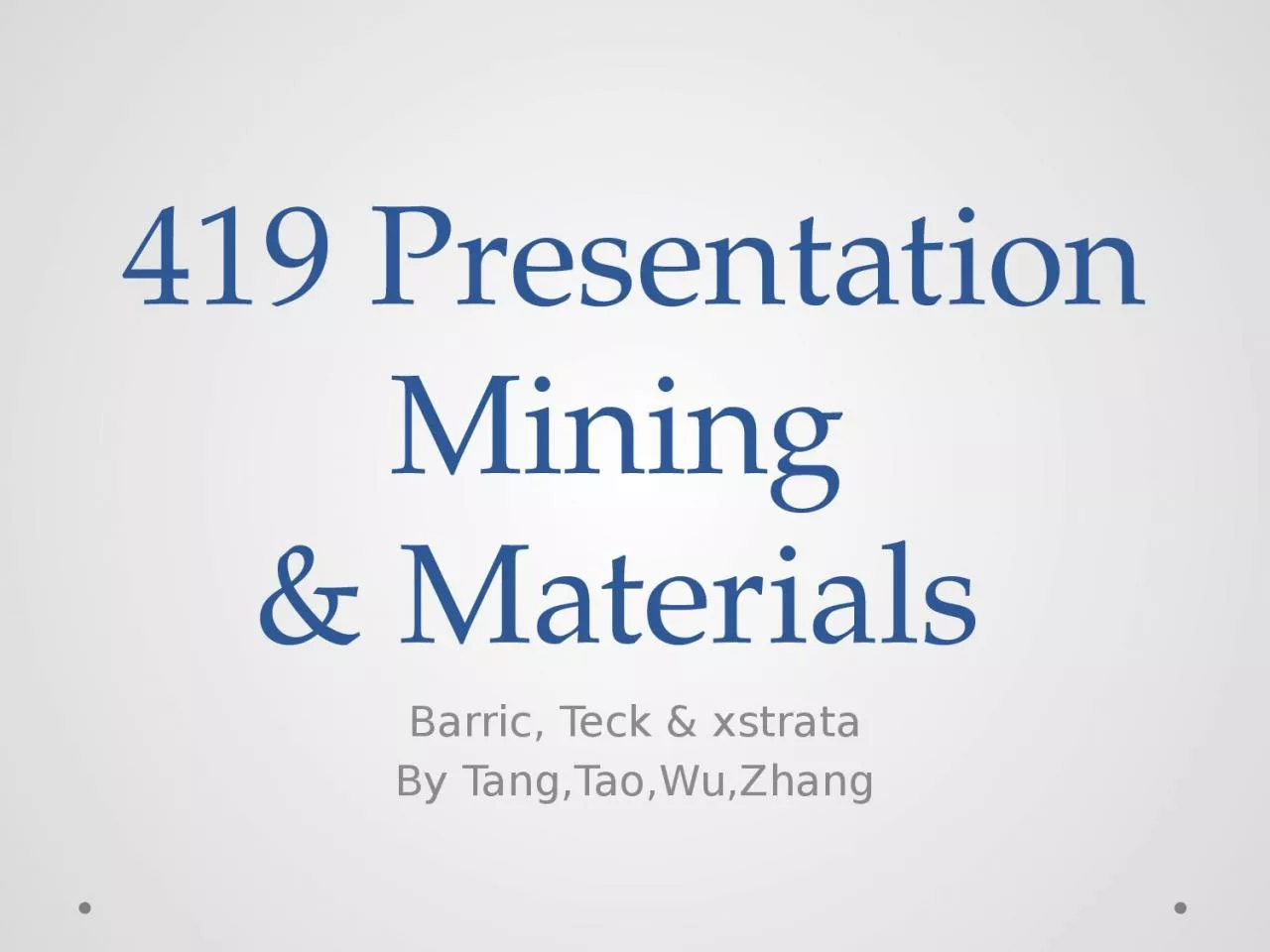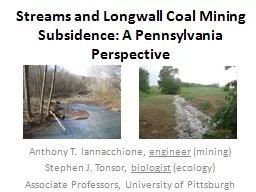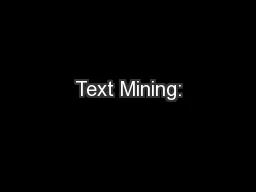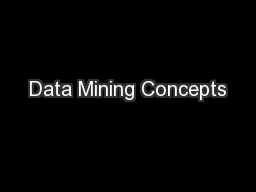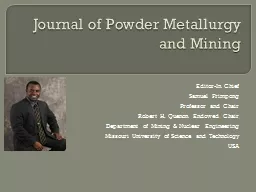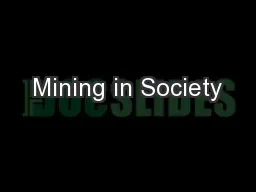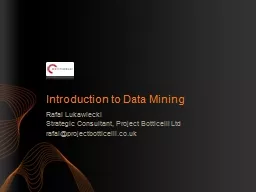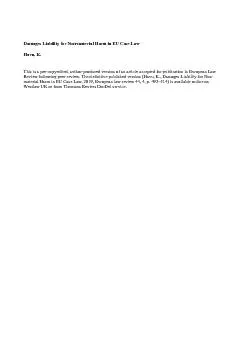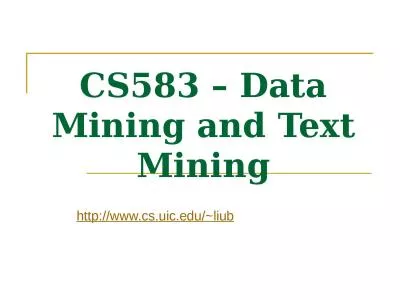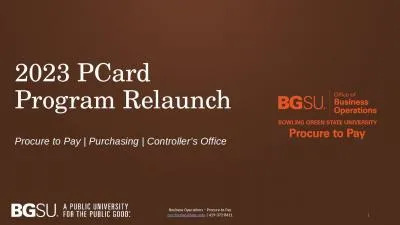PPT-419 Presentation Mining
Author : zoe | Published Date : 2022-06-28
amp Materials Barric Teck amp xstrata By TangTaoWuZhang Industry Overview What is mining industry Exploration Extraction Refining Industry Use Transactions
Presentation Embed Code
Download Presentation
Download Presentation The PPT/PDF document "419 Presentation Mining" is the property of its rightful owner. Permission is granted to download and print the materials on this website for personal, non-commercial use only, and to display it on your personal computer provided you do not modify the materials and that you retain all copyright notices contained in the materials. By downloading content from our website, you accept the terms of this agreement.
419 Presentation Mining: Transcript
Download Rules Of Document
"419 Presentation Mining"The content belongs to its owner. You may download and print it for personal use, without modification, and keep all copyright notices. By downloading, you agree to these terms.
Related Documents

